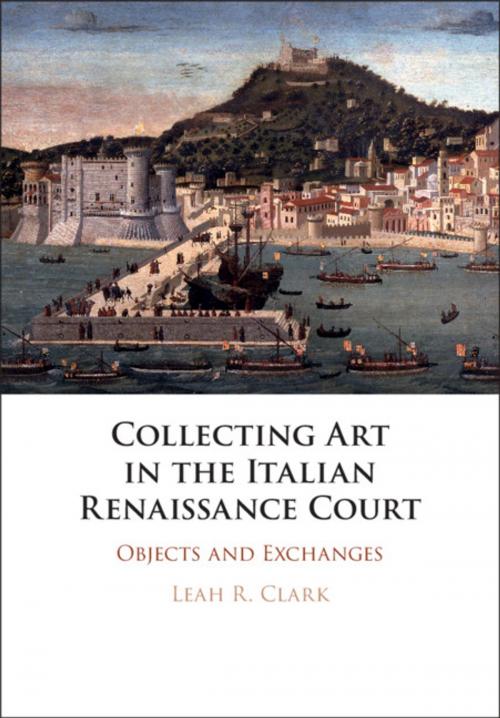Collecting Art in the Italian Renaissance Court
Objects and Exchanges
Nonfiction, History, European General, Art & Architecture, General Art| Author: | Leah R. Clark | ISBN: | 9781108678117 |
| Publisher: | Cambridge University Press | Publication: | July 31, 2018 |
| Imprint: | Cambridge University Press | Language: | English |
| Author: | Leah R. Clark |
| ISBN: | 9781108678117 |
| Publisher: | Cambridge University Press |
| Publication: | July 31, 2018 |
| Imprint: | Cambridge University Press |
| Language: | English |
In this book, Leah R. Clark examines collecting practices across the Italian Renaissance court, exploring the circulation, exchange, collection, and display of objects. Rather than focusing on patronage strategies or the political power of individual collectors, she uses the objects themselves to elucidate the dynamic relationships formed through their exchange. Her study brings forward the mechanisms that structured relations within the court, and most importantly, also with individuals, representations, and spaces outside the court. The volume examines the courts of Italy through the wide variety of objects - statues, paintings, jewellery, furniture, and heraldry - that were valued for their subject matter, material forms, histories, and social functions. As Clark shows, the late fifteenth-century Italian court an be located not only in the body of the prince, but also in the objects that constituted symbolic practices, initiated political dialogues, caused rifts, created memories, and formed associations.
In this book, Leah R. Clark examines collecting practices across the Italian Renaissance court, exploring the circulation, exchange, collection, and display of objects. Rather than focusing on patronage strategies or the political power of individual collectors, she uses the objects themselves to elucidate the dynamic relationships formed through their exchange. Her study brings forward the mechanisms that structured relations within the court, and most importantly, also with individuals, representations, and spaces outside the court. The volume examines the courts of Italy through the wide variety of objects - statues, paintings, jewellery, furniture, and heraldry - that were valued for their subject matter, material forms, histories, and social functions. As Clark shows, the late fifteenth-century Italian court an be located not only in the body of the prince, but also in the objects that constituted symbolic practices, initiated political dialogues, caused rifts, created memories, and formed associations.















